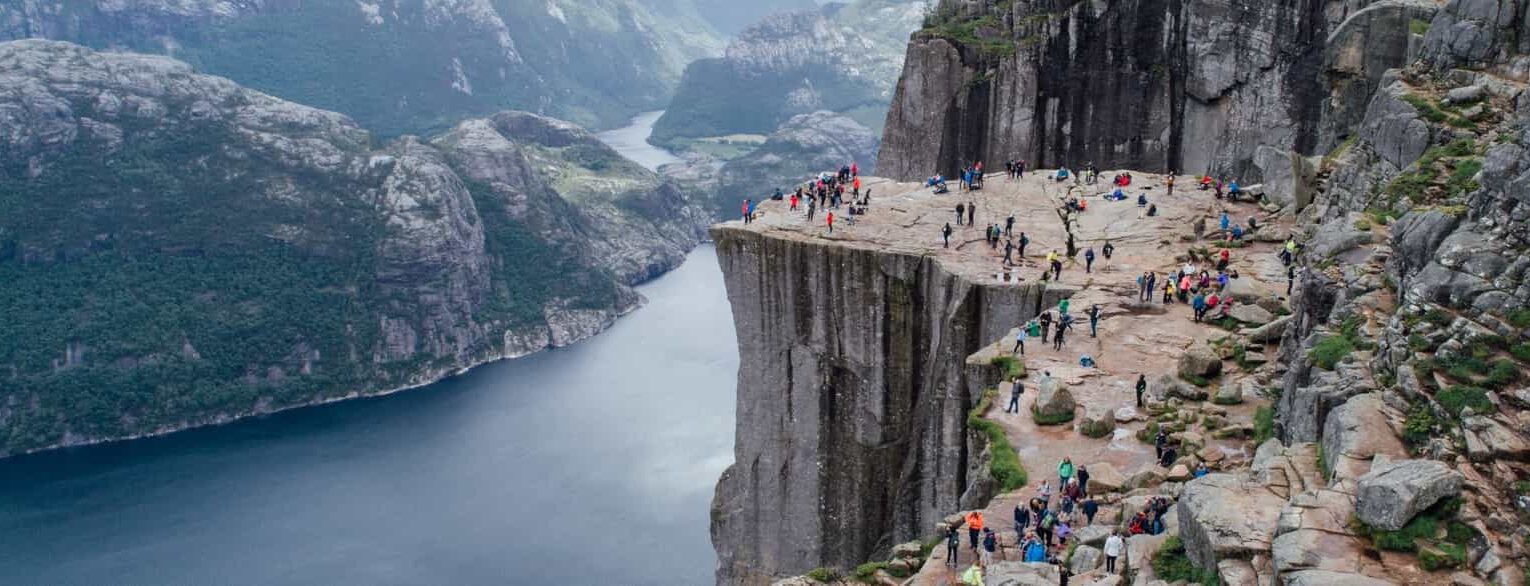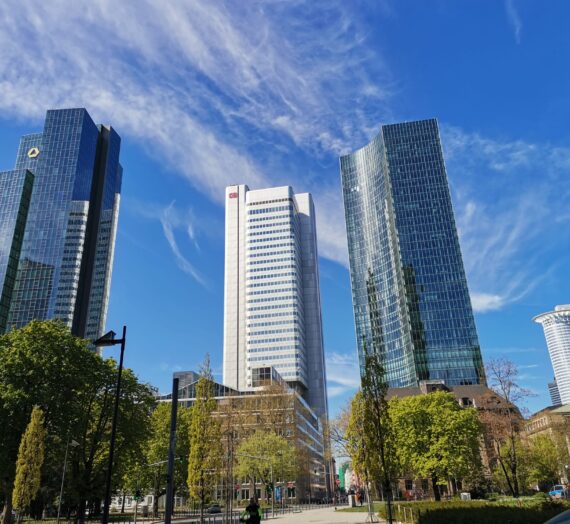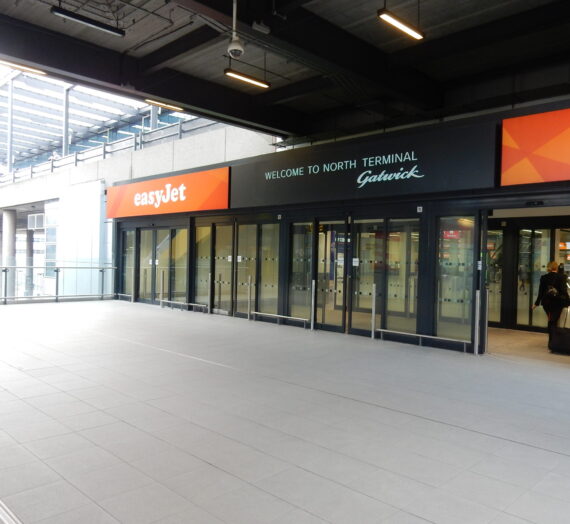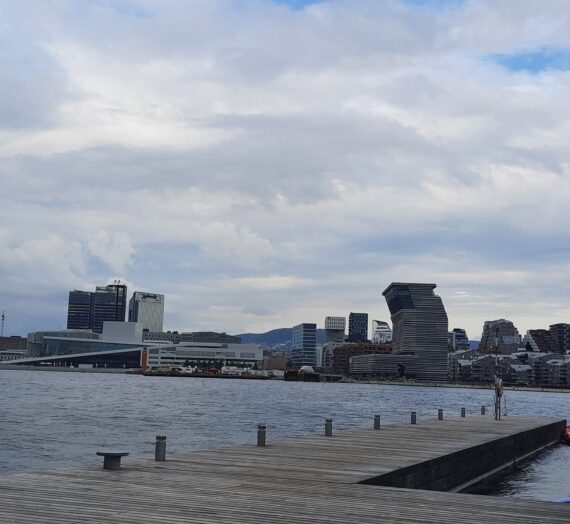The train from Oslo to Stavanger arrived perfectly on time. Litz looked for her pre-booked seat and relaxed in the Norwegian train, waiting for the long journey. She had decided to get the train instead of the plane for environmental reasons. The tiny benefit of going by train was to admire the breath-taking landscape all along the trip. Unfortunately, she could not survive the full 8 hours and, due to an iced meal, bought fresh and instantly made at the restaurant coach, she threw up a couple of times, right before understanding that her seat could be rotated in the sense of the train direction.
She didn’t let her mood get low because of that. The toilet was clean enough to decently throw up. The weather was sunnier and warmer than she expected. She walked slowly to her apartment in a reserved area of the little town. Houses were different, mostly painted in white to increase the light in the neighbourhood. At least one light should be left on at night to ensure that any lost person in the street could find her way. Decor and green venues, as well as the absence of noise were the first characteristics Litz noticed about Stavanger. Once at her place, she got rid of her travelling clothes, took a hot shower, and fell asleep.
On the following day, she went out under the rain to visit the National Petroleum Museum, the most recent and internationally relevant cultural activity available downtown.
It was easy to enter. It was early enough during the day not to have a long queue at the entrance. She chose the English tour guide and let her explain in detail a few of the most remarkable pieces and interactive visualisations hosted by the museum.
– What are the highlights of the Norwegian Petroleum Museum?
Litz curiously asked the tour guide.
– The Norwegian Petroleum Museum is a museum located in Stavanger, Norway, that is dedicated to the history and culture of the Norwegian petroleum industry. Some of the highlights of the museum include:
- The “Drilling Rig” exhibit, which allows visitors to experience what it is like to work on a drilling rig and learn about the technology and processes involved in oil and gas exploration and production.
- The “History of the Petroleum Industry” exhibit, which traces the history of the petroleum industry in Norway from the early 20th century to the present day.
- The “Petroleum in Society” exhibit, which explores the social and cultural impact of the petroleum industry on Norway and the world.
- The “Science Center,” which features interactive exhibits and hands-on activities that teach visitors about the science behind the petroleum industry.
- The “Offshore Simulator,” which allows visitors to experience what it is like to work on an offshore platform and learn about the safety measures and technology used in offshore operations.
- The museum also hosts a variety of special exhibitions and events throughout the year, including lectures, workshops, and family activities.
She spent the whole morning at the museum, taking enough time to read and understand what was explained there. Her attention was catched especially by the so-called “10 Oil Commandments”, or “The Norwegian Model”. She focused on commandments #5 and #6 for geopolitical reasons. She also entered the capsule used by oil workers to mine at deep water and experienced for a second their courage.
After a quick lunch made of chocolate, eating the popular Norwegian version of Kit Kat called “Kvikk Lunsj”, she headed to the surprisingly silent Innovation Centre. The Innovation Centre was a hub for start-ups including accommodations next to the offices. The complex was designed for work-life balance and creativity. The buildings included squared gardens with entertainment parks for children and barbecue areas. A few guys were working on the ground floor in a neat office. A few steps from a furnished kitchen, they enjoyed the natural daylight and the spectacular view next to their desk. It was too windy to stop longer in front of the open sea. She had to get back home earlier than programmed.
On the next day she went for a green cruise of the fjords. The little electrical boat sailed the waters safely, fully staffed, and ensured enough fun and shelter to adventurous tourists. There were all nationalities on board and each of them was welcome at that time. The impressive scenery was worth taking pictures and videos all along the route. She appreciated passing by a Hollywood landmark: Preikestolen. She had worn clothes from her favourite Norwegian cruise collection. However, it was too cold to spend 3 hours on the deck. When she eventually descended inside, she realised most of the people were already enjoying a hot coffee or a snack there. She didn’t leave without capturing some of the most expensive real estate pieces lying along the fjord. She also learned, though, that they were mostly inherited houses, rarely on sale.
Litz had comically waved her hand to their landladies.




